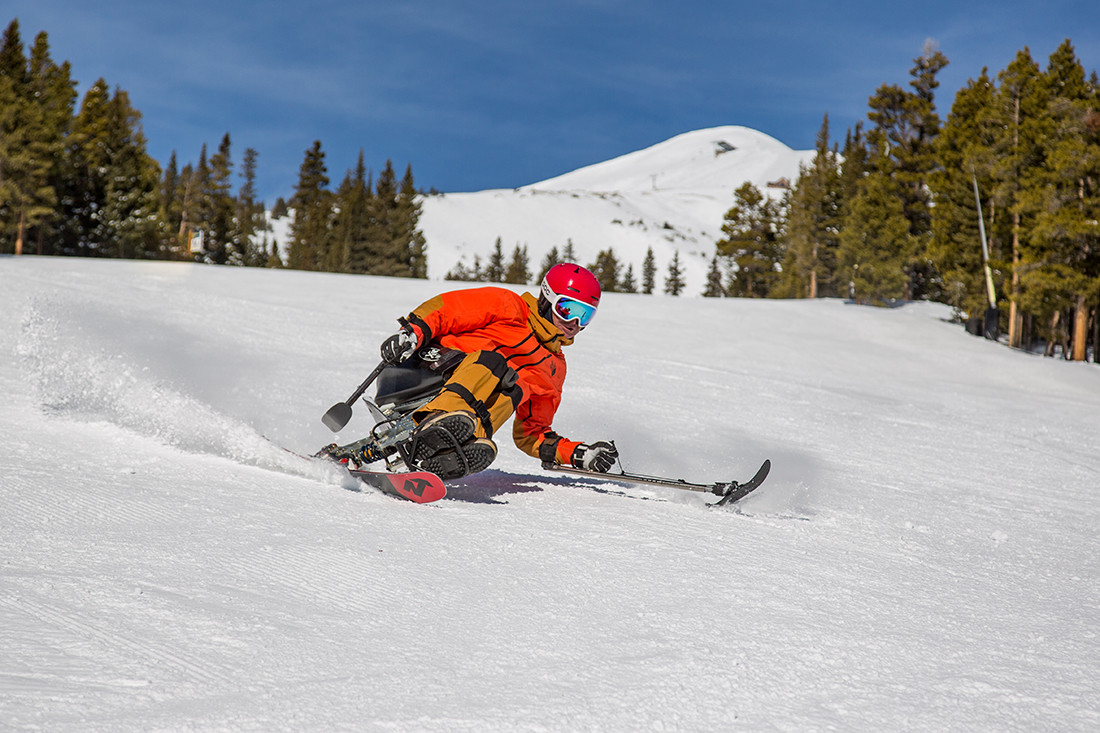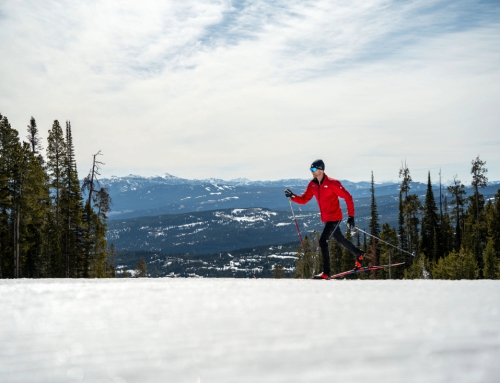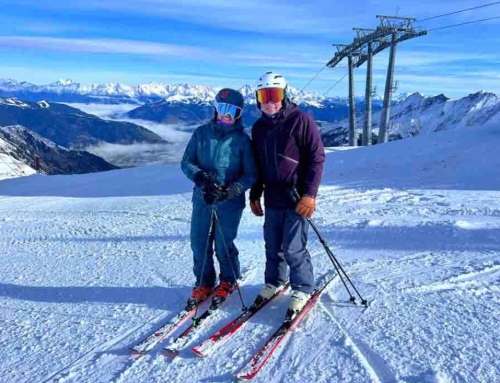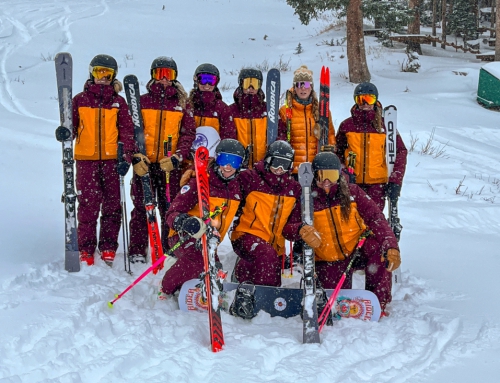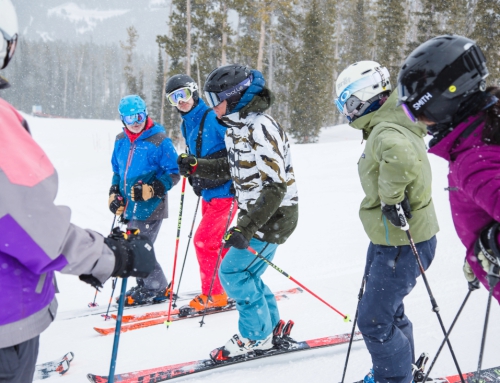Updated Adaptive Alpine Certification Standards Now Available
The new PSIA-AASI Adaptive Alpine Standards are now available on the Certification Standards page.
The standards are the culmination of years of collaborative work by association leaders including members of the PSIA-AASI National Team, the Education Leadership Council (ELC), and regional leaders from across the country.
“It’s a huge accomplishment for us to reach this point,” said PSIA-AASI Director of Education Dave Schuiling. “We have now completed updated standards for all disciplines. These standards mark the evolution of change for greater equivalency across all disciplines. The adaptive standards integrate with alpine to provide more certification integrity and more abundant professional development pathways.”
Here, Dave and PSIA-AASI Adaptive Team Coach Geoff Krill discuss what it took to reach this point, and how the standards will benefit instructors.
Editor’s Note: the Adaptive Alpine Standards are currently available as the updated standards approved June 2022, and as the previous standards approved in 2014. The two versions allow you to familiarize yourself with specific updates during the offseason.
What do the updated standards means to you?
Geoff: The updated standards are based upon fundamentals and a common language across all disciplines. I think the most exciting part is the adoption of the alpine standards into the adaptive alpine certification process. For me, this drives home the importance of having the foundation of adaptive firmly rooted in the sport from which we choose to adapt our teaching methodologies and equipment interfaces with our students. Everyone is an instructor first with the same background and understanding of our sport and from there they can take their passion for teaching into a variety of areas or specialty focused disciplines.
What has it taken to reach this point?
Geoff: This has been an incredible project with input from leaders across the country. The scope of the project is huge when you consider that we needed to develop standards across all six adaptive disciplines and all three levels.
Dave: We recognized the value in waiting for the other disciplines to implement standards. Adaptive snowsports instruction gets its name by how we “adapt” the primary sports disciplines to the specific needs of each learner. It was an all-in effort across all discipline task forces utilizing certification and specialist tracks for more options.
How will this impact instructors this winter?
Dave: Currently the 2014 and 2022 Adaptive Alpine Standards are posted on the website. This is a transition year as regions look to communicate and train education staff to the standards and allow members to learn how the updated standards impact training. One critical point to remember is that the updated standards are not radically different. They simply provide more clarity and opportunities pertaining to the skillsets necessary to be a successful instructor.
What should instructors know implementing the updated standards in the 2022-23 season?
Dave: As with the other discipline standards, the change has been extremely positive. Keep an open mind and your eyes on the learning outcomes that define the skills that are needed to design the ultimate learning environment for guests learning adaptive sports. Check in with your regions to find out how the new standards will roll out the next couple of seasons. As you seek lateral learning, you’ll find that the navigation of resources is very similar from sport to sport. All the assessment tools are exactly the same, and performance guides are used by instructors, trainers, schools and examiners for clarity and transparency.
Anything else you’d like to add?
Geoff: The updated standards are an opportunity align adaptive certification with other disciplines. Melodie Buell, an adaptive instructor from the Northwest Region, recently said to me adaptive instructors are the superheroes of snowsports, their superpower is their understanding of how to adapt and teach something different.

